
How to Write an Itinerary - a Step by Step Guide
TL;DR
After travelling to 50 countries, we must say that one of the most fun things in travel is planning an itinerary! We show you how to travel plan including transport, things to do, and places to stay - and of course finding the best travel itinerary.
Disclaimer: We are currently taking you with us on our South East Asia travel planning journey, testing our tips, and sharing our insights in our Bucketlist 2 Life Letter.
You are new to travel or you simply have unlearned travelling over the course of the pandemic? Worry not, because our step by step guide teaches you how to create an itinerary.
We have been to 50 countries and have learned by doing how to plan an itinerary. Feel free to profit from our knowledge 😉
- Planning the itinerary
- 1. Choose a Destination
- 2. Check the entry requirements for your destination
- 3. Set a Timeframe
- 4. Set a Budget
- 5. Look for Transportation
- 6. What do You Want to Do and See?
- 7. Map out the Things You Want to Do
- 8. Be Realistic About Your Travel Speed
- 9. Leave Some Free Time!
- 10. How to Make the Most of Your Travel Itinerary if Your Time is Limited
- 11. Find an Accommodation
- 12. All About Transfers
- 13. Do You Want to Go on Tours?
- 14. Research Must Eat Foods
- 15. Keep track of the Things You’ve Done
Planning the itinerary
1. Choose a Destination
- What are you looking for?
- Should it be a beach holiday, a road trip, or a city break?
- Do you want to travel near or far?
- Depending on your time, you can just travel to a neighbouring city or country or change continents. It depends on you!
- What time of the year are you travelling?
- Do you want to enjoy summer in Europe, have a winter holiday in the mountains or escape winter by travelling to a warm place like South East Asia or Central America?
- Make sure to check the climate table of your dream destination to avoid unpleasant weather surprises.
There are 195 countries in the world so the options are endless.
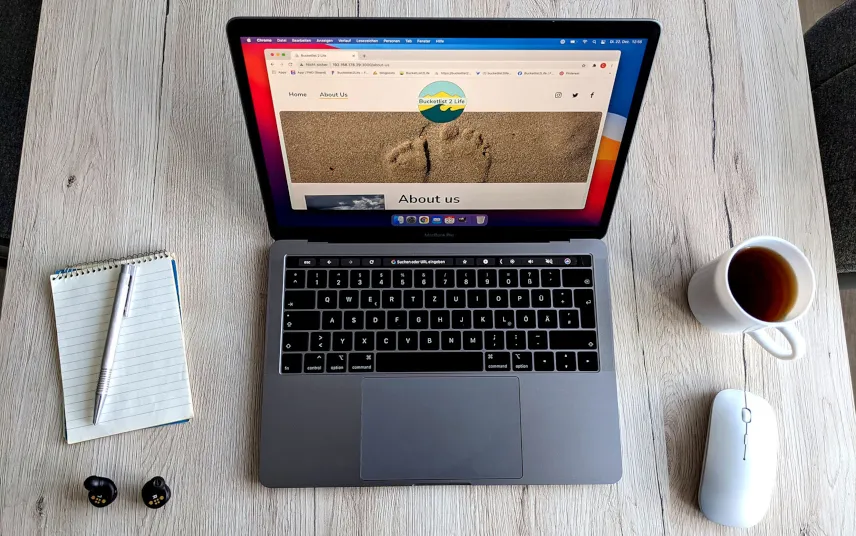
2. Check the entry requirements for your destination
This point got increasingly important after 2020. As Covid restrictions ease around the world you should still check whether you need a visa or not. If you need a visa, you should check whether you can get in on arrival, online or if you have to go to the embassy. The duration of your visa is also the first indication of your timeframe.
Other entry requirements you should keep in mind are travel insurances or mandatory vaccines (e.g. yellow fever for some countries). Your Ministry of Foreign Affairs should be a good resource for this kind of information.
3. Set a Timeframe
How many days do you have? Is it just days or is it weeks or even months?
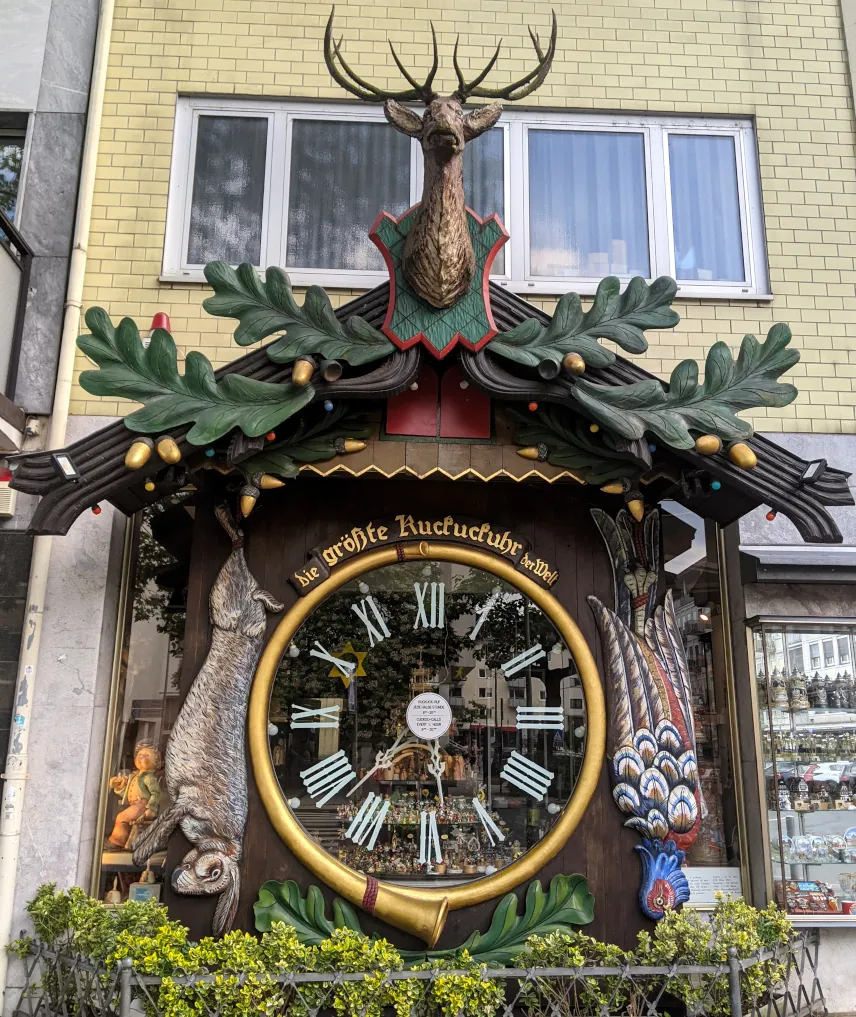
4. Set a Budget
Even if you have a lot of time, you might not have the budget to fund a lengthy trip. Depending on your travel style and your destination, you can expect to pay between 20$ and 80$ per day. Check online for budget tables to see how much other travellers have spent in your dream destination.
Keep in mind that the four major costs of a trip are:
- Transport
- Accommodation
- Activities
- Food

5. Look for Transportation
You know your timeframe and your budget but maybe buses, trains, or planes don’t go from where you live to where you want to go every day. Make sure to check your transportation options before you set your plans in stone.
If you’re on a budget, it’s best to be as flexible as possible with your flights. We like to use Skyscanner to compare flight prices for whole months.

6. What do You Want to Do and See?
The first websites we check out when travelling to a new place are Wikivoyage and Wikitravel. These websites give you a great overview of different areas in the city or country and how to reach them.
After we get a first overview of the main sights, we read blogs to find local recommendations and hidden gems in a new area. We mostly look on Google, but try to use Pinterest more.
We turn to YouTube to find personal opinions and get a better feeling for the place. For us, the medium of film works better than the written word in this regard.
We like to distinguish between must-see items and nice to have items. Of course, the time you “need” at your destination strongly depends on this!
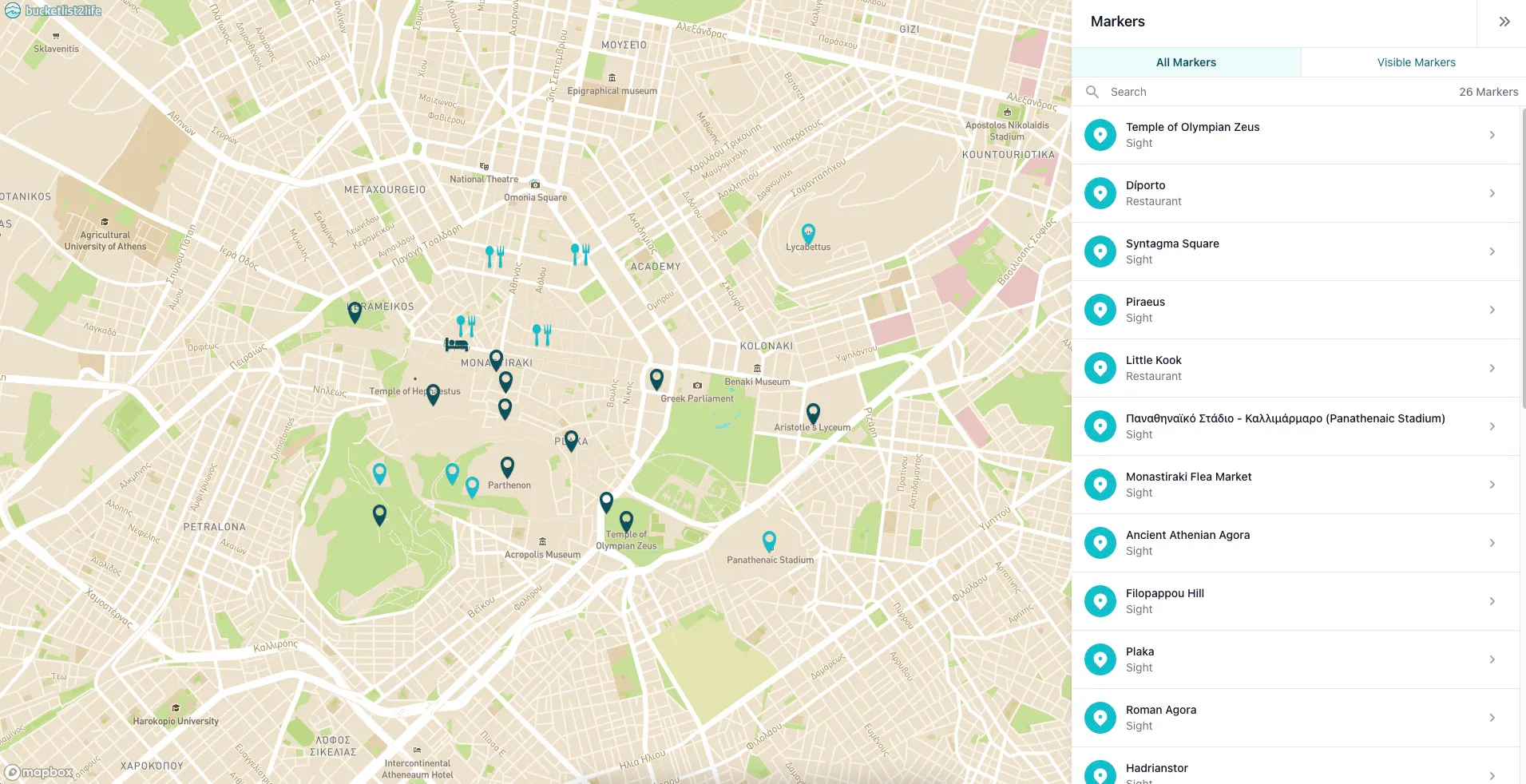
7. Map out the Things You Want to Do
Mapping out all the things you want to do and see helps you to get a geographic idea. Maybe you can make out clusters? Does it make sense to group some of your mapped items together? Also, you can make a more educated estimate now about how many days you need.
This can also help you to find out whether you can stay in one place - and maybe do day trips - or if you should move to see and experience everything you want to.
In case you have a heavy outlier, you need to consider if it’s worth going the literal extra mile to go there.
8. Be Realistic About Your Travel Speed
Let’s say you want to see Lithuania, Latvia, and Estonia and you have 9 days (one work week + plus two weekends). Realistically, that leaves three days per country. And don’t forget to take into account the travel times! If you don’t need a lot of rest time, you can definitely see the three capitals in this time frame and maybe go on a day trip.
If you want to dive deeper into these countries, you have to budget more time per country which means skipping another. It’s on you to decide what you want because you will rarely have the time to do it all.
9. Leave Some Free Time!
First of all, things don’t always go as planned. Second, you might want some free time to relax, maybe just sit somewhere and rest your feet.
Third, you will most definitely get more information once you’re there. Maybe the receptionist has some tips or you meet other travellers with recommendations - leave some room for your bucketlist getting longer rather than shorter.

10. How to Make the Most of Your Travel Itinerary if Your Time is Limited
If you want to squeeze in as much as you can in a short time, it’s a good idea to use the transfers.
You can either opt for a night bus or night train combining a transfer with a night of accommodation, saving you time and money. Beware that depending on the transport and yourself you might not wake up entirely rested. We have taken many night buses to see a lot of Mexico in three weeks and can highly recommend it.
Another idea is to use sightseeing transfers. You can either book a sightseeing transfer tour or diy it like we did when we backpacked Cyprus.
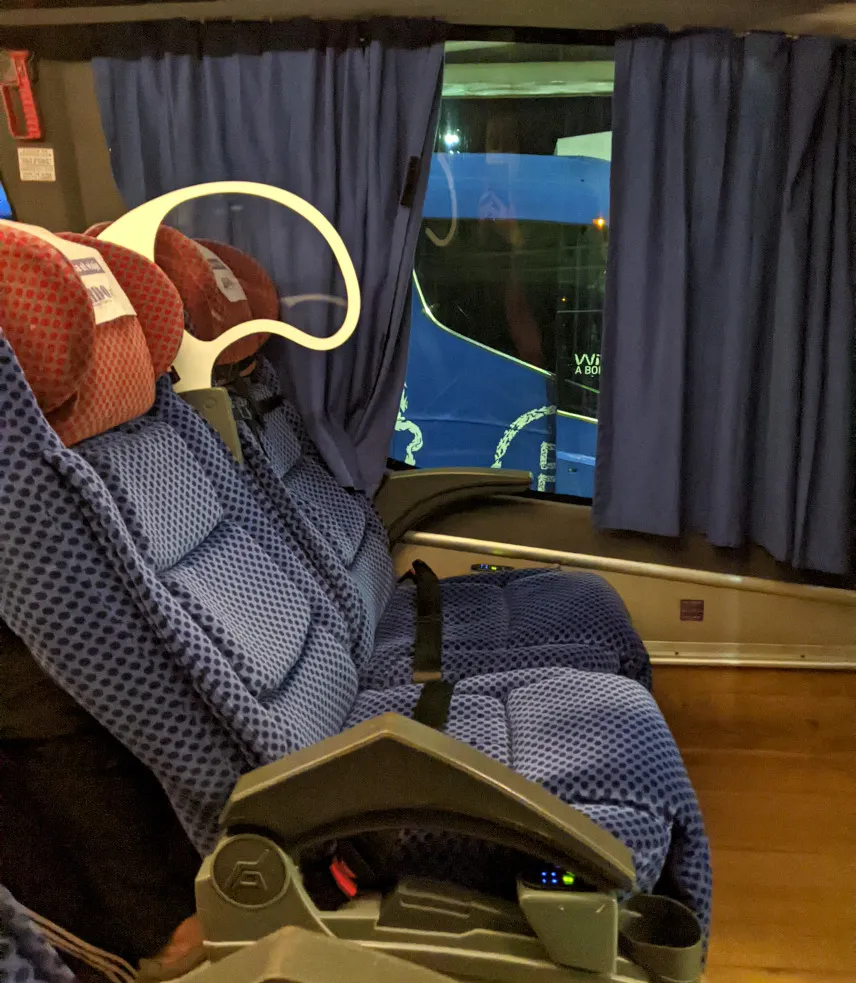
11. Find an Accommodation
Do you want to stay in one place or do you want to move around? Especially on short trips, we like to book our accommodations in advance but we definitely recommend you book your first accommodation if you intend to move around.
A good rule of thumb when booking accommodation is to mark all the places you want to see on a map and choose an accommodation nearby.
We prefer to book our accommodations online because we do like the security of knowing that we have a place to stay. Also quite frankly, we cannot be bothered to run around with our luggage to find accommodation. Maybe you save a few bucks but you’ll lose more time in our opinion.
Booking.com, Hostelworld, and Airbnb are our favourite resources to find and compare accommodations.
By the way: Don’t be afraid of hostels. In many hostels, you can opt to sleep in a private room giving you all the advantages of a hostel like meeting like-minded travellers without having to share a dorm.

12. All About Transfers
How long do the transfers take? You can check Rome2rio to see all the options to get from one place to another and how long it takes. Budget enough time to get from A to B. Depending on your destination, whole days can be travel days.
This is also something you have to be aware of when you read travel itineraries online! Many of them don’t account for travel times.
Do you need to book a transfer? Check out what the public transport situation at your destination is like. In some places like Athens, it’s super cheap and easy to take public transport from the airport into town. In other places like Panama, it’s easiest to book an Uber to the airport. Then again, there are places where pre-booked transfers are the cheapest and most convenient option to get to your hotel. Inform yourself before you go. The worst thing you can do is to stand at the airport or station tired and without a clue because taxis are rarely the cheapest option and in many countries, taxi drivers will take advantage of you.
The same applies to transfers within the country. Is public transport present, safe, and reliable? For example in Guatemala, there are public transport options but oftentimes you have to change buses a lot and you hear a lot about petty theft on buses. Tourist transfers on the other hand are pretty cheap and super reliable so definitely the more convenient option.

13. Do You Want to Go on Tours?
We like to start city trips with a free walking tour. They give you a great overview of the place and its history and are generally of good quality as they are tip-based.
If you have certain places in mind that you want to visit, find out if you need a tour to go there or if you can use public transport. Sometimes booking a tour can be advantageous even if there is public transport because you might want a guide. And sometimes you even pay less than using public transport and it’s less of a hassle.
Oftentimes it’s cheaper to book your tours on-site. There are certain advantages of booking your tours online from companies like Viator though. Firstly, you don’t lose precious holiday time looking for and comparing operators and secondly, you know what you get because you can read the reviews.
14. Research Must Eat Foods
We love eating local foods when travelling!
Our travel food master is Mark Wiens. We have already visited many places he recommended and tried many of the foods and he never disappointed. In fact, all of the amazing food we ate in Amman, Jordan was inspired by him.
When travelling, we normally conduct extensive research about the local food. Oftentimes, We consult Wikipedia for a list of traditional dishes. Afterwards, we research restaurants which serve these dishes.
If you don’t want any bad surprises eating out, do your research before you go. When you chose a place place on-site, make sure that there are people (preferably locals) inside. If you have an internet connection, maybe even double-check the Google reviews. Trust us, we have already made too many mistakes not following these tips.

15. Keep track of the Things You’ve Done
Once at your destination, it’s important to tick off the things you have already done from your itinerary to keep a better overview.
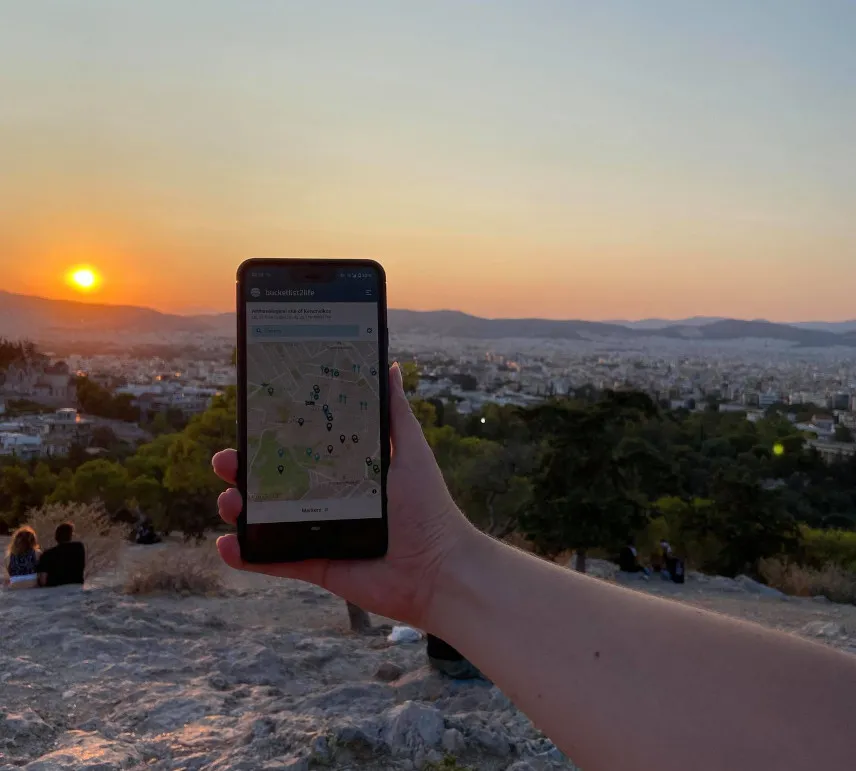
This post contains affiliate links. If you use these links to buy something we may earn a commission. You would help us a lot if you do so. Thanks.